When on land, the BBQ is my favorite cooking apparatus, so on board the boat, it’s only natural I want to use one too. Whether catching fish or just grilling the kabobs we brought with us, BBQ’s and the outdoors just go together in my opinion.

Image by Karolina Grabowska from Pixabay
However, just because your boat is surrounded by water does not make it fireproof. Each year, boat BBQs cause fires that damage and sometimes destroy boats, which means, like so many other things related to boats, BBQs need to be treated with respect. Most BBQ fires occur because someone didn’t make good decisions. Now I am not a fan of using charcoal grills on a boat, personally, but if you are going to, consider only using charcoal that does not need lighter fluid. If you do use lighter fluid, only use fluid specifically made for the charcoal grill. Never use gasoline or alcohol. They are extremely dangerous.
The BBQ should always be clear of the boat when in use, which usually means hanging over the gunwale (unlike in the photo below) so any hot ashes or drips go into the water. Make sure the wind is blowing away from the boat, so any breeze does not blow these things onto the deck anyway. In fact if there is more than a light breeze, you probably shouldn’t even start the grill.
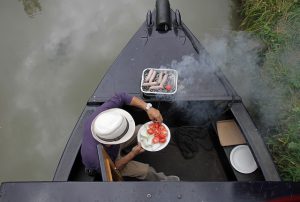
Image by Monica Volpin from Pixabay
Which is another reason for using propane over charcoal. If conditions become unsafe after starting the propane grill, it’s much easier to extinguish the flames. Also note that many marina’s prohibit BBQ’s on the docks, so make sure you check with yours to understand the rules. Finally, always keep the documentation and follow the manufacturers safety recommendations. No matter how tasty those BBQed wings will be, it’s not worth catching your boat on fire.
Fair Winds
Captain Jeff Vegas
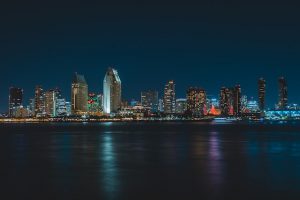
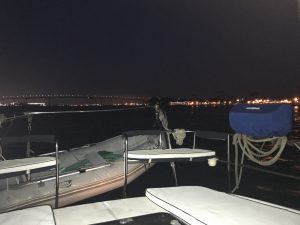 Go slower than you would with full daylight. If you were racing, you’re not anymore. Darkness sometimes changes your depth perception. With reduced visibility, it’s more difficult to gauge distances and obstacles along the way. Use extra caution and go as slow as you can go, while still maintaining steerage when landing or docking the boat.
Go slower than you would with full daylight. If you were racing, you’re not anymore. Darkness sometimes changes your depth perception. With reduced visibility, it’s more difficult to gauge distances and obstacles along the way. Use extra caution and go as slow as you can go, while still maintaining steerage when landing or docking the boat.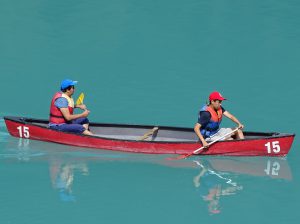

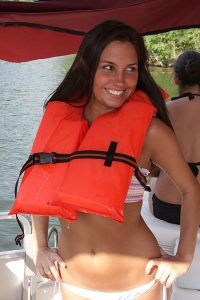
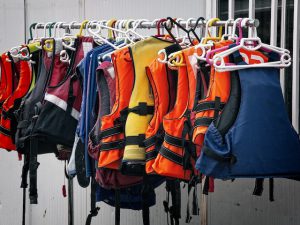
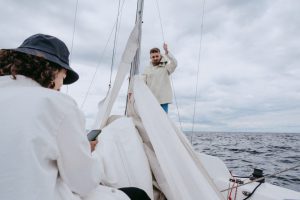
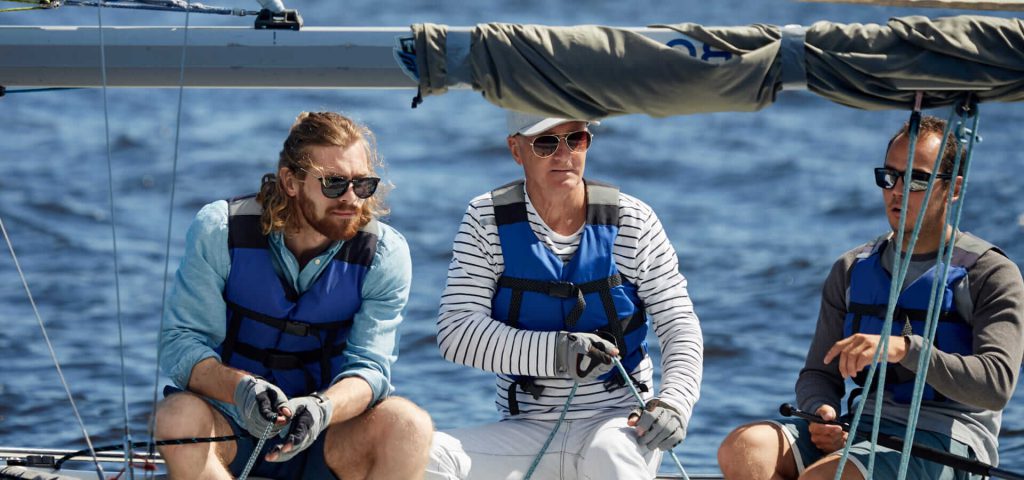
 Terms of Use
Terms of Use